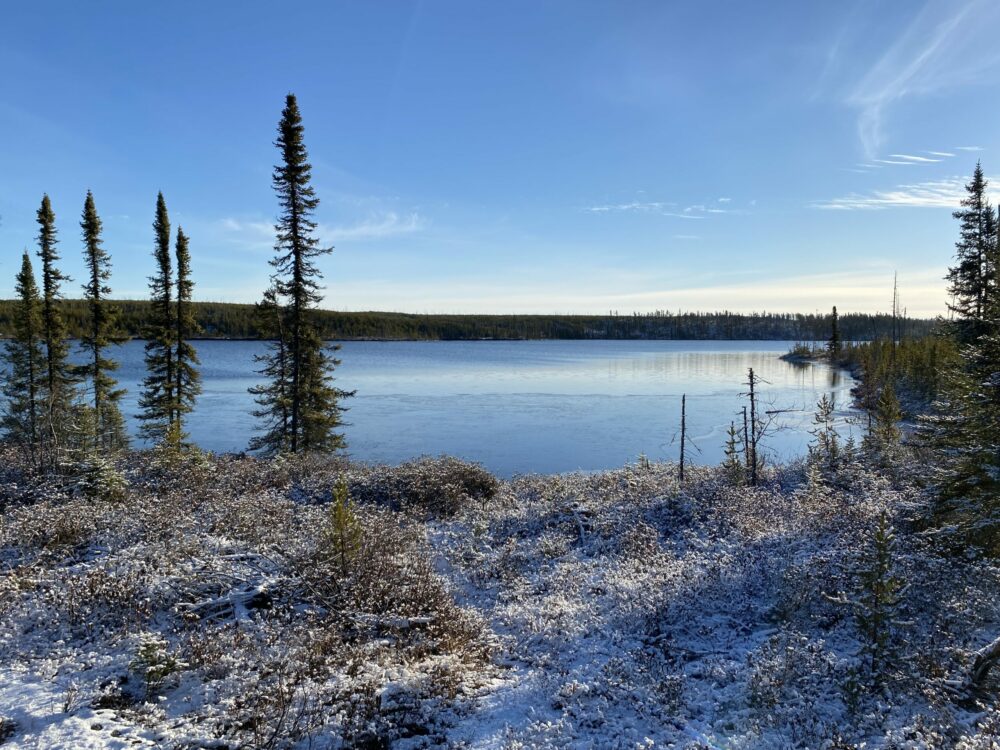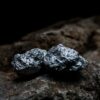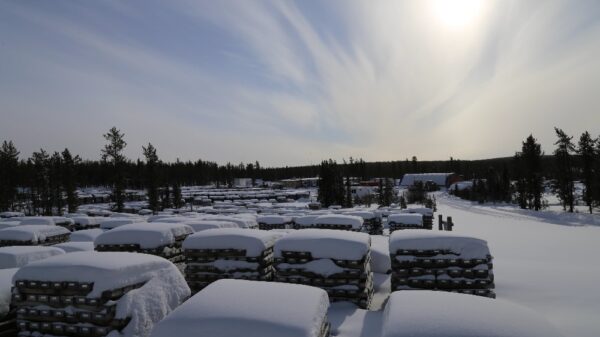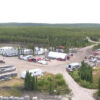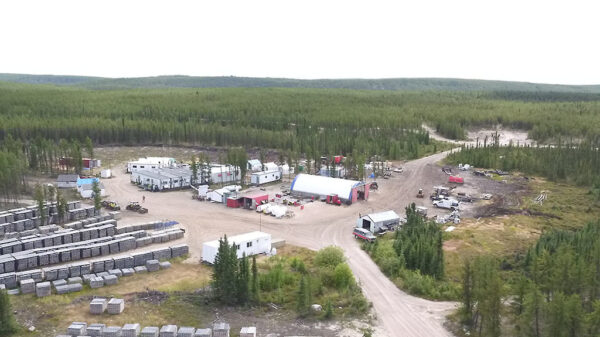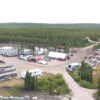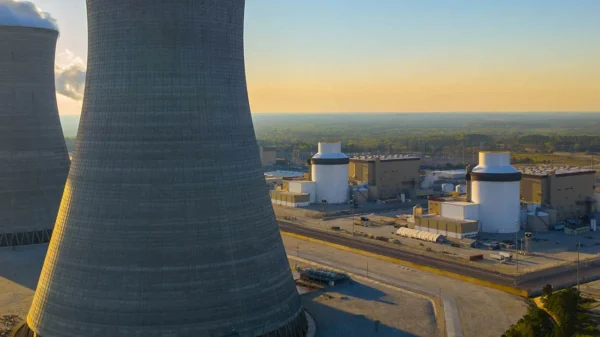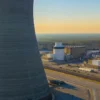CanAlaska Uranium Ltd. (TSXV: CVV) (OTCQX: CVVUF) (FSE: DH7) has kicked off a campaign of high-resolution helicopter-supported airborne surveys on its Key Extension, Enterprise, Voyager and Nebula projects.
Announced on Wednesday, the company included a Versatile Time-Domain Electromagnetic Plus (VTEM Plus) survey and followed that up with radiometrics and high-resolution magnetics. These are intended to identify and prioritize areas of interest for ground prospecting, and map out the structure of the projects in support of future drill projects.
The company has strategically built a land portfolio in the infrastructure-rich southeastern Athabasca Basin region as a critical step in its Key Lake area exploration strategy. This effort aims to explore for basement-hosted uranium deposits along corridors that exhibit geological and structural similarities to the Arrow and Eagle Point basement-hosted uranium deposits.
The first stage of this strategy, a VTEM Plus survey, has already commenced and will include approximately 2,481 line-kilometers of helicopter-borne surveying at 200-meter line spacing across the Projects. Upon completion of the VTEM Plus survey, CanAlaska will conduct a high-resolution helicopter-borne magnetics and radiometrics survey across the projects, involving approximately 8,861 line-kilometers of surveying at 50-meter line spacing.
“Advancing these high-quality exploration assets in the Key Lake area toward first drill programs targeting basement-hosted uranium mineralization is a great first step in evaluating the discovery potential of this area,” Cory Belyk, CEO of CanAlaska, said.
“Despite the project’s proximity to the nearby Key Lake Mine and Mill there has been very limited exploration work conducted in this area.”
Read more: ATHA Energy readies equipment for June drilling at new Nunavut uranium project
Read more: ATHA enters C$8M option agreement with Inspiration Energy for Saskatchewan assets
Geophysical surveying allows company to prioritize targets
Belyk says that with the ore reserves at McArthur River expected to deplete in the next 15 years, finding a tier 1 ore feed for the Key Lake Mill is becoming essential.
Furthermore, the completion of these surveys will produce a contiguous and levelled high-resolution geophysical dataset across the four projects in the Key Lake area, facilitating the identification and prioritization of drill targets.
According to Belyk, the fundamentals of the uranium market are robust, and the multi-decade nuclear build-out required by 2050 to achieve the clean energy goals of global society is just beginning.
A revival in nuclear power is sparking a surge in uranium mining. The resurgence is largely due to global efforts to combat climate change. At last year’s COP28 U.N. climate conference in Dubai, over 20 countries, including the U.S., committed to tripling their nuclear energy capacity by 2050 to end dependence on fossil fuels.
Geopolitics is another driver behind the search for new uranium sources, which are essential for nuclear reactors. The U.S. and other countries are actively working to end their dependence on uranium from Kazakhstan and Russia — two of the world’s largest suppliers. The price of uranium has doubled to more than $90 per pound since April 2023, further fuelling the global comeback.
Read more: ATHA completes 92 Energy acquisition; prepares for drill program at Gemini project in Q3
Read more: ATHA Energy expands into new Canadian territory with 2024 exploration program
The world requires 100,000 tons of uranium by 2040
According to the International Atomic Energy Agency, the world will require up to 100,000 metric tons of uranium per year by 2040, necessitating nearly a doubling of current mining levels. Consequently, companies around the globe are actively searching for new deposits and reopening old mines.
A few companies working to contribute to the IAEA’s production goals and help the world’s transition away from fossil fuels include Cameco Corporation (NYSE: CCO) (TSX: CCJ). Cameco is Canada’s largest uranium producer and it’s spread out in multiple jurisdictions including Russia and Saskatchewan’s Athabasca Basin.
In 2024, Cameco plans to produce 18 million pounds of uranium at both McArthur River/Key Lake and Cigar Lake, targeting a total production of 22.4 million pounds. This amount comes from its Q1 earnings released last week, and represents an increase from the 17.6 million pounds produced in 2023. Additionally, Cameco aims to sell between 32 million pounds and 34 million pounds of uranium in 2024, compared to the 32 million pounds sold in 2023.
Meanwhile, ATHA Energy Corp. (TSXV: SASK) (FRA: X5U) (OTCQB: SASKF) represents a smaller but no less important link in this development supply chain. While the majority of its stake is located in the basin just like Cameco, ATHA’s most recent movements involve its newly acquired territory in Nunavut.
The company has all of its equipment and supplies at its property in Nunavut. That means two X10 drills and a year’s supply of fuel, which are expected to double productivity in comparison to previous drill campaigns.
ATHA Energy Corp. is a sponsor of Mugglehead news coverage

